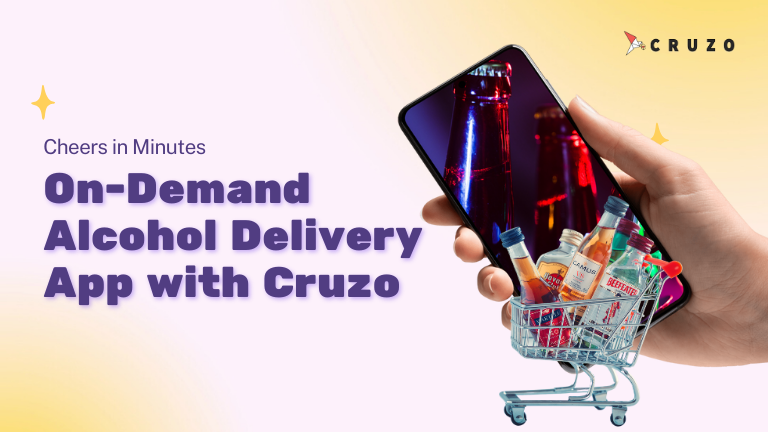
The reshaping of the supermarket industry began after the pandemic struck in 2020, leading to the implementation of cutting-edge technologies worldwide. As this fiercely competitive and highly concentrated market aims to attract consumers, innovative technologies are poised to revolutionize the industry. Here, we explore the top supermarket technology trends enhancing convenience in your regular supermarket.
1. Cashierless Checkout Technology
Responding to long queues and anxious employees at check-out counters, retailers have introduced cashierless checkout technology. This innovation allows shoppers to pay for their products via apps, bypassing the need to wait in lines. The result is an improved consumer experience and increased profit potential from the revenue generated.
2. Inventory Robots
While Walmart may have paused its use of inventory robots, other retailers are embracing this technology. Floor-based robotic systems streamline warehousing operations by managing inventory, identifying stock levels, and checking for misplaced items. These robots also aid in manufacturing fulfillment.
3. AI-based Digital Tool for Recipes
An AI-based digital tool that recognizes food images and suggests recipes helps reduce food waste. For example, if you have a refrigerator filled with random items, this tool can help you create recipes with what you have on hand. Supermarket chains are excited to partner with food retailers to help consumers cook at home, especially during the pandemic.
4. Unique Loyalty Programs
Generic perks and benefits can frustrate customers if they aren’t specific to their needs. The supermarket industry is introducing unique loyalty programs tailored to individual consumers. Shoppers at grocery superstores can now enjoy discounts or rewards based on their purchases rather than item-specific points.
5. Dietary Preferences and Allergies through Wearables
Wearable devices, with the user’s permission, can share information about dietary preferences and allergies with food retailers. This technology quantifies nutritional intake to prevent deficiencies and allergies while promoting sustainability. However, some people may be hesitant to have a device dictate their eating habits.
6. Voice Assistance
AI-based voice recognition technology assists shoppers in supermarkets. Whether searching for an item or looking for deals and promotions, a voice-based assistant can guide you accurately, enhancing the shopping experience and potentially increasing sales for retailers.
7. Digital Consumer Engagement
Digital engagement through online channels, e-commerce, and mobile apps has surged. As digital devices become essential shopping aids, engaging customers digitally is now a necessity. Despite efforts, the industry must continue to convert digital interactions into purchases.
8. ML-based Demand Forecasting
Machine learning (ML) enhances demand and sales forecasting by analyzing historical data and training predictive models. This improvement in business operations and profitability helps manage stock and supply chain issues, which have traditionally been challenging.
9. NLP-driven Chatbots
Natural Language Processing (NLP) in retail improves shopping experiences. Shoppers can use NLP-driven chatbots to search for products and receive recommendations. These chatbots also provide on-site wayfinding assistance and track replenishment, helping customers find items quickly.
10. Hydroponic Produce
Hydroponically grown produce, cultivated in nutrient-rich water shelters, offers fresher fruits and vegetables. Some supermarkets have adopted this technology to ensure fresh produce for consumers. Don’t be surprised if you find a “hydroponic” label on your leafy greens during your next shopping trip.
These technology trends are not just enhancing convenience but also paving the way for a more efficient and engaging supermarket experience.
The rapid adoption of these supermarket technologies marks a pivotal shift in the retail industry. As supermarkets integrate cashierless checkouts, inventory robots, AI-based tools, and personalized loyalty programs, they are better equipped to meet evolving consumer demands. Wearable tech, voice assistance, and digital engagement further personalize and simplify the shopping experience. Machine learning and NLP-driven solutions optimize operations, while hydroponic produce ensures fresher options for consumers. Embracing these trends positions supermarkets to thrive in a competitive market, providing enhanced convenience and satisfaction for shoppers. Visit cruzotec.com to learn more about innovative solutions in the #ondemandelivery, #saas, and #virtualstore spaces.








